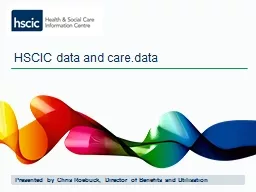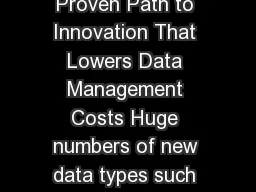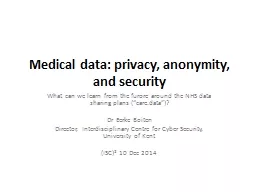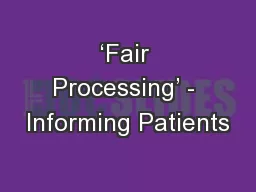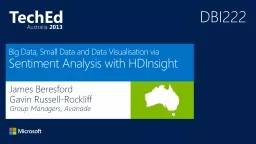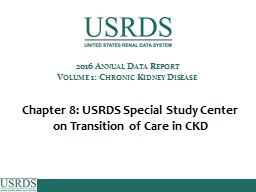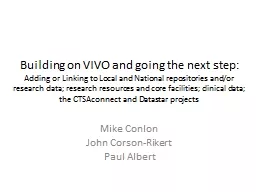PPT-HSCIC data and
Author : mitsue-stanley | Published Date : 2017-10-30
caredata Presented by Chris Roebuck Director of Benefits and Utilisation Who we are Established by the Health and Social Care Act 2012 An Executive Non Departmental
Presentation Embed Code
Download Presentation
Download Presentation The PPT/PDF document "HSCIC data and" is the property of its rightful owner. Permission is granted to download and print the materials on this website for personal, non-commercial use only, and to display it on your personal computer provided you do not modify the materials and that you retain all copyright notices contained in the materials. By downloading content from our website, you accept the terms of this agreement.
HSCIC data and: Transcript
Download Rules Of Document
"HSCIC data and"The content belongs to its owner. You may download and print it for personal use, without modification, and keep all copyright notices. By downloading, you agree to these terms.
Related Documents

